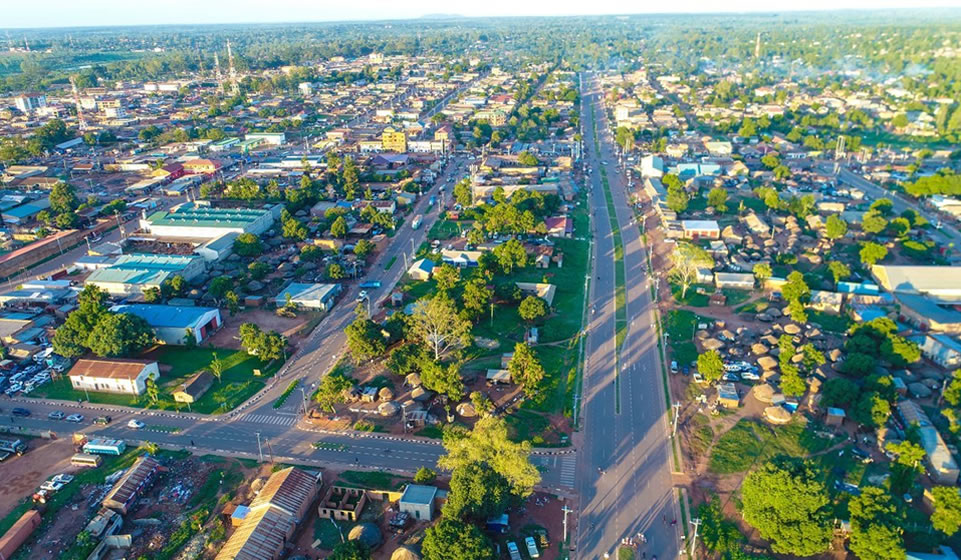The mere mention of the word Gulu conjures up images of horror, terror and bloodshed. But that is just perception — perception borne out of the Lord’s Resistance Army (LRA) war that ravaged this part of Uganda for over two decades during President Museveni’s first years in power.
On the contrary, Gulu, which is located in northern Uganda and is just a three-hour drive from the capital Kampala, is probably just what you need for a weekend gateaway.
Gulu is the commercial and administrative headquarter of northern Uganda, and, for a place that was in turmoil just over a decade ago, it is amazing how fast its residents picked up and turned Gulu into a bustling town.
The biggest population here are the Acholi tribe and the common languages spoken in the area include Acholi, Swahili, Luganda, English and Luo.
Gulu is a district rich in history and culture, and it is also vibrant enough to keep you engaged throughout your visit.
So, what do you do while in Gulu?
Visit Ajai Game Reserve
Originally set aside to protect the white rhinos in northern Uganda, the Ajai game reserve was under the management of Chief Ajai (of whom it derives its name) and it is located on the banks of the Albert Nile — an hour or two away from Gulu town centre.
Unfortunately, the rhinos are now extinct in the region but you will still find here incredible animals such as leopards, zebras, Uganda kob and warthogs. And if you visit at the right time, you might also get a chance to spot a python or crocodile. There are several bird species that can be found in the reserve, most of which are indigenous to Uganda: weaver birds, Karamoja apalis and breasted barbet, among others.
Fort Patiko
Also known as Baker’s Fort, Fort Patiko was established in 1872 by Sir Samuel Baker and commissioned by the Queen as a military base during the colonial administrative days. Prior to that, the fort was used as a slave resting and sorting area by the Arabs and Indians due to the strategic location of the fort on the trade route connecting to Egypt via Nimule (now in South Sudan).
Take a day and learn more about the deep history of slave trade and the early years of colonialism in Uganda through the caretakers.
Craft markets
Nothing beats going through thrift markets and seeing beautiful and amazing pieces made in Uganda by very talented artisans. Going through the market places in Gulu, you will find so many cute antiquities from wood carvings, paintings, to clothes made from colourful, beautiful fabrics that will make you fall in love with Ugandan prints. Most of the artisans are under charity organisations that have been helping people get through the trauma of war.
Acholi delicacies
You cannot visit a new place and not try their delicacies when you visit the restaurants. Where is the fun in all that? While in Gulu, walk away from the hotels and go deep in the market places where you will find makeshift restaurants serving up local dishes such as malakwang, millet bread, odii, and maybe a snack on some ngwen later. Discover the taste of Acholi-land very well by visiting a home to one of the residents and learn how to prepare their favourite delicacies.
St Joseph’s Cathedral
Maybe one of the oldest, well-maintained landmarks in Gulu would make the best last stop on your tour, but it is a worthwhile “need-to-see.”
Built in 1941 by the Comboni Brothers, the Roman Catholic Church was consecrated in 1947 and has been standing since. The most interesting bit about the church is the architecture as is for most Roman Catholic churches, and how towering it is even from a distance.
When you are done visiting Gulu, you can fly or drive back to Kampala since there are flights that operate twice a week and several buses/taxis coming in daily from Kampala.
